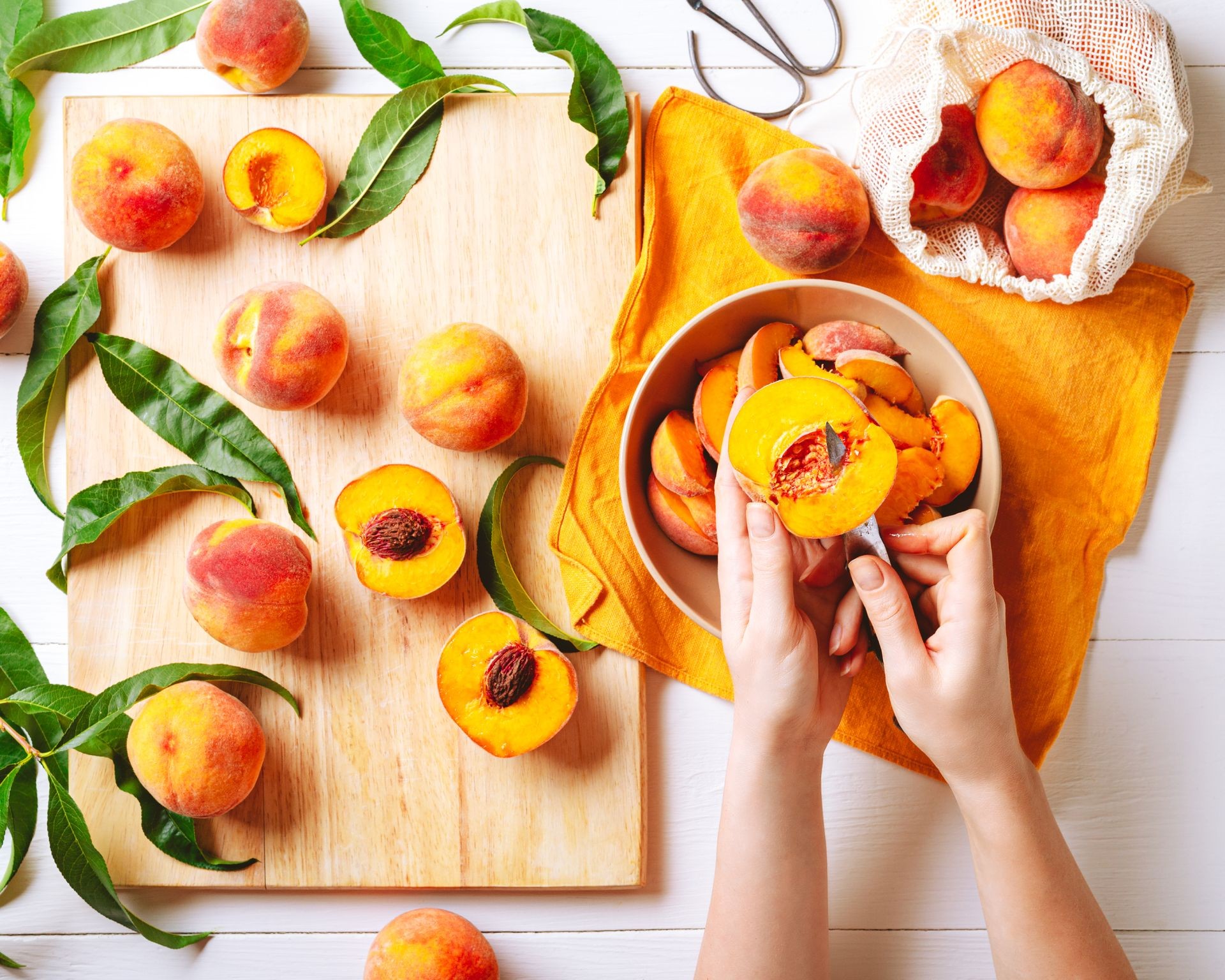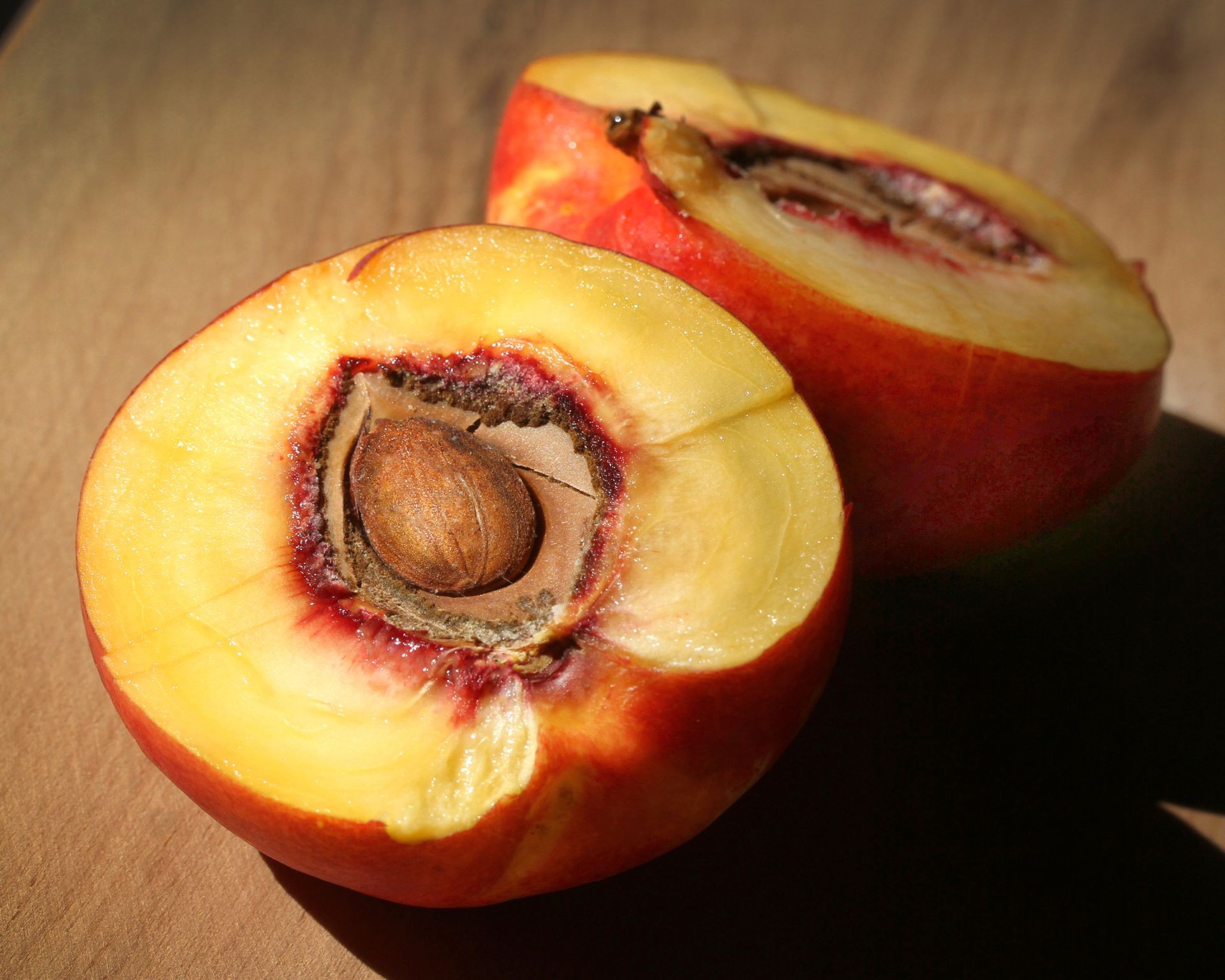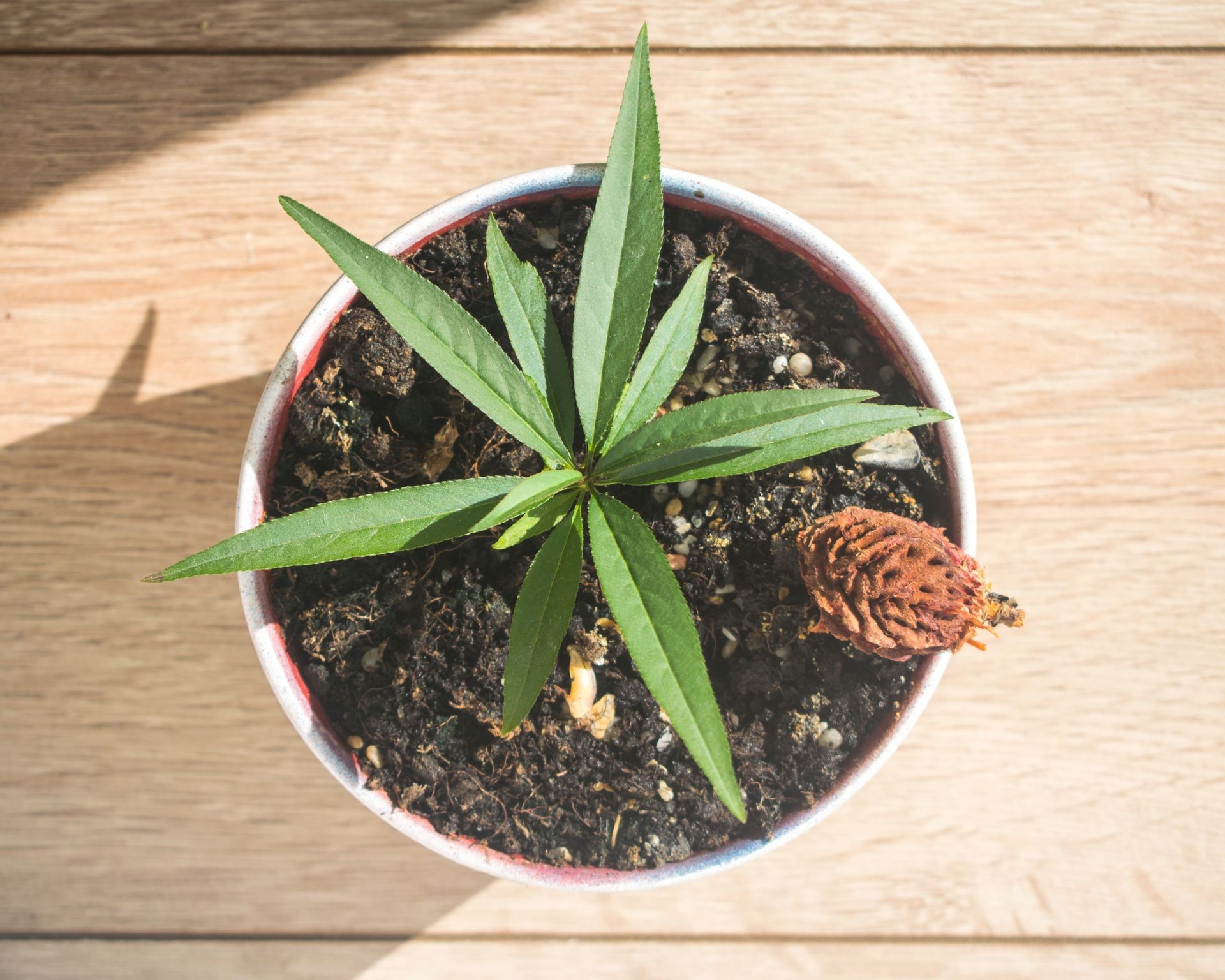No products in the cart.
NEWS
From Pit to Plenty: An Expert’s Guide on How to Grow a Peach Tree From Seed
For countless gardeners, the simple pleasure of biting into a juicy, sun-ripened peach sparks a fascinating question: can I take this hard pit and grow my own tree? The answer is a resounding yes! While the journey from a humble peach pit to a fruit-bearing tree requires patience and specific steps, it’s a deeply rewarding endeavor. As experts in cultivation at Biogarden.asia, we understand the connection gardeners feel with their plants and the desire to nurture life from its very beginning. This guide will walk you through the process, sharing the knowledge needed to give your peach seed the best chance to flourish into a vibrant tree, potentially gracing you with fruit in the coming years. It’s an experiment rooted in nature’s cycles and a touch of horticultural know-how.
Understanding the Basics: Can a Peach Pit Become a Productive Tree?
It’s a common dream for gardeners: enjoying a delicious fruit and then planting the seed to replicate that exact taste and texture. While it feels intuitive, growing fruit from seed, particularly stone fruits like peaches, plums, and cherries, often yields results different from the parent fruit. This is primarily because most commercially grown fruit trees are propagated through grafting.
Grafting involves joining a desired fruiting variety (the scion) onto the root system of another plant (the rootstock), which provides desirable traits like disease resistance or size control. When you plant a seed from a grafted fruit, you are growing the genetics of the plant the seed grew on (a mix of the parent plants that produced the seed), not the exact genetics of the scion variety you ate. The resulting tree is genetically unique and its fruit could be smaller, different in flavor, or might not produce fruit at all.
Does this mean you shouldn’t try? Absolutely not! Growing from seed is a wonderful way to connect with the plant’s life cycle and you might discover a new, unique variety. For the best chance of growing a healthy tree, selecting a seed from an organic or a known non-grafted peach variety is often recommended, as these are less likely to be hybrids with unpredictable outcomes compared to many conventional store-bought fruits.
 Woman holding a peach
Woman holding a peach
Preparing Your Peach Seed for Planting
Successfully growing a peach tree from seed involves mimicking nature’s process. In the wild, a peach pit falls from the tree and spends the winter on the ground, subjected to cold, moist conditions. This period of cold exposure, known as stratification, is crucial for breaking the seed’s dormancy and signaling it that conditions are right for germination in the spring.
While you could plant a peach pit directly in the ground in the fall in regions with reliably cold winters and hope for the best (remembering to protect it from hungry critters!), a more controlled and often more successful method is artificial stratification followed by indoor germination.
First, you need to extract the true seed from the hard outer shell (the pit). After enjoying your peach, clean the pit and let it dry on a counter for several days until it’s thoroughly dry. Once dry, carefully crack the pit open using a nutcracker or pliers. Be gentle! Inside, you’ll find the seed, which looks somewhat like a small almond.
Once the seed is extracted, it’s time for cold stratification. One effective method is to place the seeds in a plastic baggie filled with a slightly moistened medium like peat moss, vermiculite, or even a damp paper towel. The key is moisture, not wetness – you don’t want mold. Seal the bag and place it in the refrigerator for about 3 to 4 months. The ideal temperature range is typically between 32-45 degrees Fahrenheit (0-7°C). Label the bag with the date and variety (if known) for easy tracking.
 Peach seed extracted from pit
Peach seed extracted from pit
Bringing Your Peach Seed to Life: The Germination Process
After their required chill time in the refrigerator, your peach seeds are ready to wake up. Remove them from stratification. Some might have already started to sprout small roots – this is a good sign! If not, you can soak them in water overnight to rehydrate them before planting.
Now, plant the stratified seeds in small pots filled with a well-draining potting mix. At Biogarden.asia, we recommend using a quality seed starting mix or a general potting soil amended with perlite or sand to ensure good drainage. Plant the seed horizontally, about 1 to 2 inches deep (2.5-5 cm). Water gently but thoroughly after planting.
Place the pots in a warm spot, ideally with consistent temperatures, and provide bright, indirect light. A sunny windowsill or under grow lights works well. Keep the soil consistently moist but avoid waterlogging.
Patience is paramount during this stage. Germination can be unpredictable and may take anywhere from a few weeks to several months. It’s highly advisable to stratify and plant several seeds, as not all will germinate. Check on your pots regularly, ensuring the soil stays moist. Once a seedling emerges, it signals success for that particular seed! Continue to care for the seedling indoors until outdoor conditions are suitable for transplanting.
Planting Your Sprouted Peach Seedling
Once your peach seedling has grown several sets of true leaves and developed a healthy root system, it’s time to prepare it for life outdoors. The best time to transplant your young peach tree is in the early spring, after the risk of hard frost has passed in your area. You can estimate this by checking local average last frost dates.
Before moving your seedling directly outside permanently, it’s crucial to harden it off. This process gradually acclimates the tender seedling to outdoor conditions like wind, direct sunlight, and temperature fluctuations. Start by placing the potted seedling in a sheltered outdoor spot for a few hours each day, gradually increasing the duration and exposure to sunlight over a period of about a week to ten days.
 Small peach seedling growing in a pot
Small peach seedling growing in a pot
Select a permanent planting location that receives full sun (at least 6-8 hours of direct sunlight per day). Peaches thrive in well-draining soil. Heavy clay soils should be amended with organic matter like compost to improve drainage and fertility. Loosen the soil in the planting area to a depth of at least 12 inches (30 cm). Dig a hole that is twice as wide and just as deep as the seedling’s root ball.
Carefully remove the seedling from its pot, taking care not to damage the roots. Gently spread out any tangled roots. Place the seedling in the center of the hole, ensuring the top of the root ball is level with the surrounding soil surface. Backfill the hole with the amended soil, gently tamping it down to remove air pockets. Water the seedling thoroughly after planting to help settle the soil around the roots.
Patience and Persistence: What to Expect
Growing a peach tree from seed is a rewarding but not always immediate process. You’ve successfully navigated germination and transplanting, but the journey isn’t over. It will likely take at least three to four years, and sometimes even longer, before your seed-grown peach tree is mature enough to begin producing fruit. During this time, focus on providing good care: ensuring adequate water, appropriate fertilization, and protection from pests and diseases.
Remember that the fruit you eventually harvest may differ significantly from the peach you planted. This is part of the adventure of growing from seed – you’re letting nature create a new, unique variety. If you are aiming for a specific, known variety, grafting a desired scion onto your healthy seedling’s rootstock is a technique used by experts, but growing from seed offers the simple joy of nurturing a tree from its very beginning.
With consistent care and a good measure of patience, your small seedling can indeed grow into a healthy, potentially fruit-bearing peach tree, adding beauty and bounty to your garden. It’s a testament to the power of a tiny seed and the rewards of dedicated gardening. At Biogarden.asia, we celebrate these natural processes and support gardeners in their endeavors every step of the way.
Frequently Asked Questions
Can you plant a peach seed directly in soil outside?
Yes, in areas with cold winters that provide natural stratification (consistent temperatures between freezing and about 45°F or 7°C for several months), you can plant a cleaned peach pit directly in the ground in the fall. Plant it a few inches deep and mulch the area to offer some protection. Be aware that squirrels and other animals are fond of buried seeds, so providing some physical protection (like a wire cage over the spot) is often necessary.
How long does it take for a peach tree grown from seed to produce fruit?
Assuming successful germination and growth, it typically takes about 3 to 4 years for a peach tree grown from seed to mature sufficiently to begin bearing fruit. Some trees may take longer.



